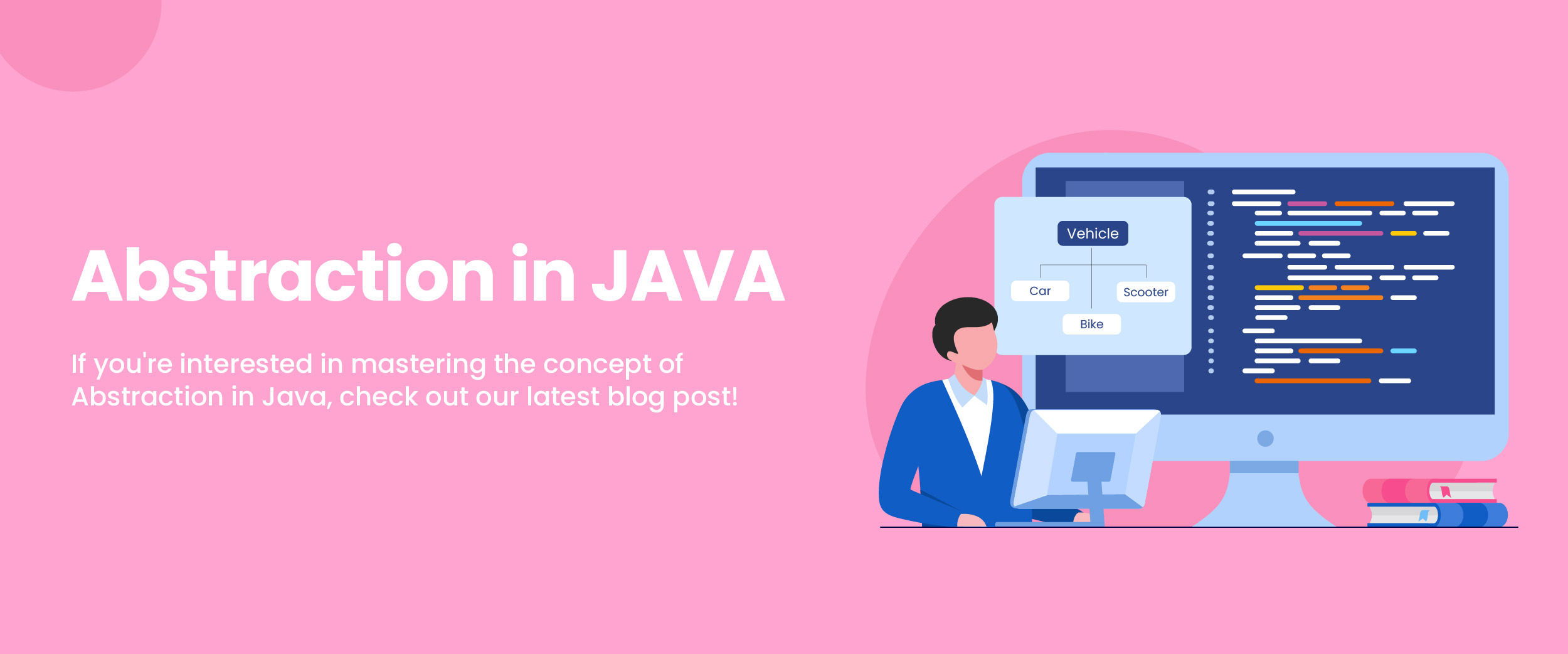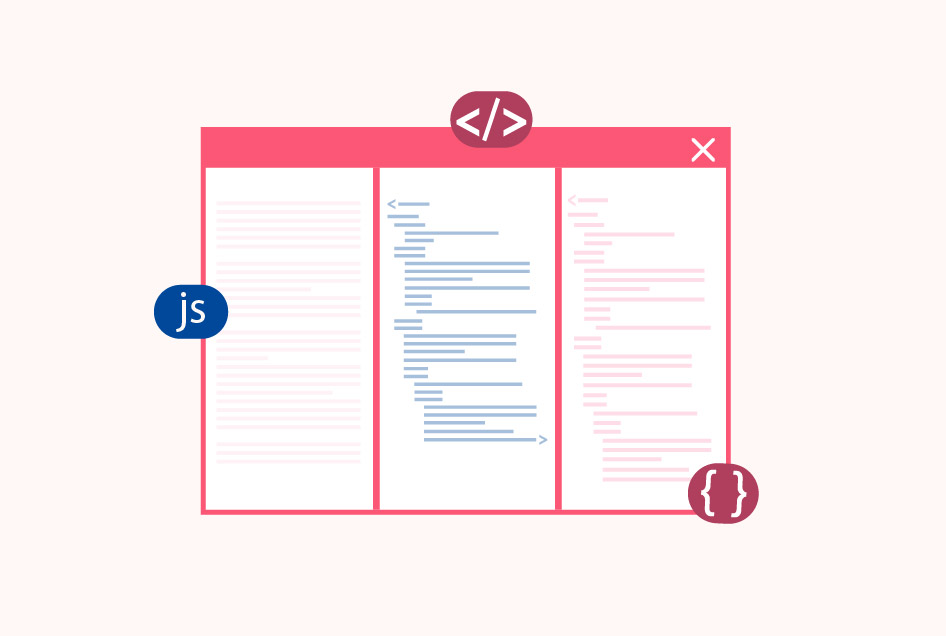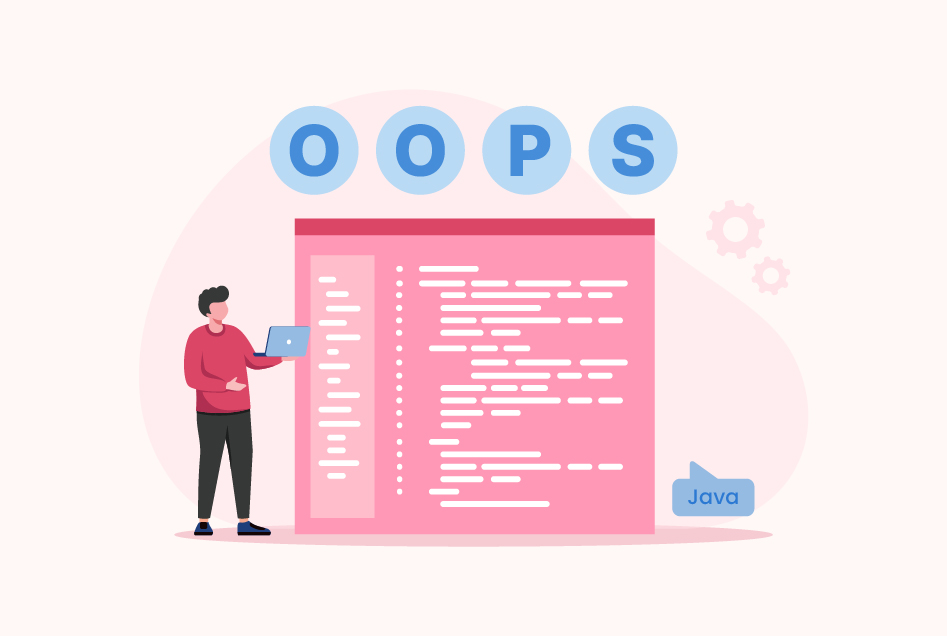Abstraction In Java With Examples, Types And Their Advantages
Java is the second most used language after C. About 95% of organizations are using Java as their programming language. Data abstraction in Java is a process where the implementation details are hidden and only the functionality of the whole program is revealed to the user. This is done to make the output look simple for the user.
Abstraction is a key notion in object-oriented programming (OOP), and it has been present in Java from its beginnings. The goal of abstraction is to construct a simplified model of a complicated system that allows developers to interact with it at a higher degree of abstraction without having to worry about implementation specifics.
In other words, the Data Abstraction program in Java is the process through which only the characteristics of an object are shown on the display output while the details which are irrelevant to the user are hidden.
Understanding Data Abstraction In Java
In Java, abstraction is the notion of concealing implementation details while exposing only the information that the user requires. This is accomplished in Java through the usage of abstract classes and interfaces. Java’s abstraction technique is built on the usage of interfaces and abstract classes.
An interface is a set of method signatures that a class can implement, but an abstract class cannot be instantiated but may have abstract methods, which are method signatures that do not have an implementation. Abstract classes, on the other hand, enable developers to declare a common set of behaviors or characteristics for a group of related classes while allowing for implementation variances.
The usage of interfaces and abstract classes in Java helps developers to design more flexible and maintainable code. Developers may verify that their code is compatible with multiple implementations of a certain component or module by establishing interfaces, allowing for better code reuse and flexibility.
In the software development industry, proficiency in abstraction concepts and techniques is highly valued in terms of career opportunities. A solid understanding of abstraction programs in Java through a core Java course can assist developers in writing more efficient and maintainable code, as well as working effectively as part of a team. This can lead to a broader range of career opportunities, such as positions in software architecture, design, and development.
Also Read: Polymorphism In Java
Abstraction in Java with Examples
A class that cannot be instantiated but can have abstract methods (methods without implementation) that must be implemented by its subclasses is known as an abstract class. Abstract classes establish a common interface for a collection of related classes while leaving implementation specifics to the subclasses.
Here are some abstractions in Java with examples.
1. The Shape class has a setCenter() method in this example that sets the x and y coordinates of the shape’s center. The draw() method, on the other hand, is declared as abstract, which means that it is not implemented in the Shape class. Any concrete subclass of Shape must implement this method.
Line1: abstract class Shape {
Line2: int x, y;
Line3: public void setCenter(int x, int y) {
Line4: this.x = x;
Line5: this.y = y;
Line6: }
Line7: public abstract void draw();
Line8: }
2. The Circle class extends the Shape class in this example and implements the draw() method.
Line1: class Circle extends Shape {
Line2: int radius;
Line3: public Circle(int radius) {
Line4: this.radius = radius;
Line5: }
Line6: public void draw() {
Line7: System.out.println(“Drawing Circle with center (” + x + “,” + y + “) and radius ” + Line8: radius);
Line9: }
Line10: }
Interfaces are another way to achieve abstraction program in Java. A collection of abstract methods that define a contract for any class that implements it constitutes an interface. Let’s understand with an example
3. The Dog and Cat classes in this example implement the Animal interface and provide their implementation of the makeSound() method.
Line1: class Dog implements Animal {
Line2: public void makeSound() {
Line3: System.out.println(“Woof!”);
Line4: }
Line5: }
Line6: class Cat implements Animal {
Line7: public void makeSound() {
Line8: System.out.println(“Meow!”);
Line9: }
Line10: }
5 Types of Abstraction in Java
In computer science and software development, there are various types of abstraction algorithms. Here are a few examples of the most common kinds:
1. Functional Abstraction
This entails breaking a process down into smaller, reusable functions that can be called independently. This abstraction is common in functional programming languages such as Haskell and Lisp.
2. Data Abstraction
Data abstraction in Java entails defining a set of data structures and operations that can be used to manipulate that data while concealing the data structure’s implementation details. This abstraction is common in object-oriented programming languages such as Java and C++.
3. Control Abstraction
In java control abstraction is a set of control structures, such as loops and conditionals, that can be used to control the flow of a program. This abstraction is common in imperative programming languages such as C and Python.
4. Procedural Abstraction
This entails defining a set of procedures or functions that can be used to solve a particular problem. This level of abstraction is common in structured programming languages such as Pascal and Ada.
5. Interface Abstraction
This is a process of defining a collection of methods or functions that provide a simplified interface for working with complex systems or data structures. This level of abstraction is common in software design patterns such as the Model-View-Controller (MVC) pattern.
Also Read: Inheritance in Java with Examples
Abstract Classes Vs Abstract Methods
The primary distinction between abstract classes and methods is that an abstract class cannot be directly instantiated, whereas an abstract method has no implementation in the abstract class and must be implemented by the subclass. Abstract classes define a common interface for a group of related classes, whereas abstract methods provide a common method signature without an implementation. To enforce code reuse and reduce code duplication, abstract classes, and methods are used.
| Abstract Class | Abstract Method |
|---|---|
| Cannot be instantiated directly, but can be subclassed | Has no implementation in the abstract class and must be implemented by the subclass |
| Can contain both abstract and non-abstract methods | Has no method body or curly braces |
| Used to define a common interface for a group of related classes | Used to define a method signature without an implementation |
| Can be used to enforce code reuse and reduce code duplication. | Used to provide a common interface for a group of related classes or to define a contract that must be implemented by a class |
| Can have constructors and instance variables | Must be declared within an abstract class or interface |
Abstraction In Java Algorithm
The process of simplifying complex operations or processes by hiding the details of how they are implemented and exposing only the necessary information to the user is referred to as abstraction in the algorithm. Here are the steps to achieve algorithm abstraction:
Step 1: Determine the complex process or operation to be abstracted.
Step 2: Break the process down into smaller, more manageable chunks. This will simplify and make the process more manageable.
Step 3: Determine which rules or procedures can be used to solve each sub-problem. These rules or procedures should be simple and straightforward.
Step 4: Use data structures and algorithms that are designed to encapsulate implementation details while exposing only the information required by the user. For example, you could use an interface to define a set of methods that can be used to perform a specific operation without having to understand how the operation is implemented in detail.
Step 5: Test that the abstraction works as it should. This entails performing the abstracted operation on sample data and comparing the results to the expected result.
Advantages of Abstraction in Java
Given the use of Abstraction, it is implemented in almost everything. This makes it highly convenient to use and its advantages can be summed up in the following points:
- Simplifies Code: Abstraction enables developers to simplify complex code by breaking it down into smaller, more manageable chunks. This facilitates the understanding, modification, and extension of code.
- Reduces Code Duplication: Developers can reduce code duplication and improve code maintainability by defining common interfaces and implementations in abstract classes and interfaces.
- Increases Flexibility: Abstraction allows developers to change the implementation details of a class or method without affecting the user-facing external interfaces. This makes modifying code and adapting to changing requirements easier.
- Encourages Modular Design: Abstraction promotes a modular design approach, in which complex systems are broken down into smaller, more manageable components. This facilitates the development and testing of complex software systems.
- Enhances Code Reuse: Abstraction allows developers to define common interfaces and implementations that can be reused across different parts of a software system, which improves code reuse. This cuts development time while improving code quality.
Conclusion
Abstraction In Java is used by developers to create code that is simpler, more modular, and easier to maintain. It encourages a modular design approach in which complex systems are broken down into smaller, more manageable components, making complex software systems easier to build and test. Abstraction concepts and techniques are highly valued in the software development industry and can lead to a broader range of career opportunities.






